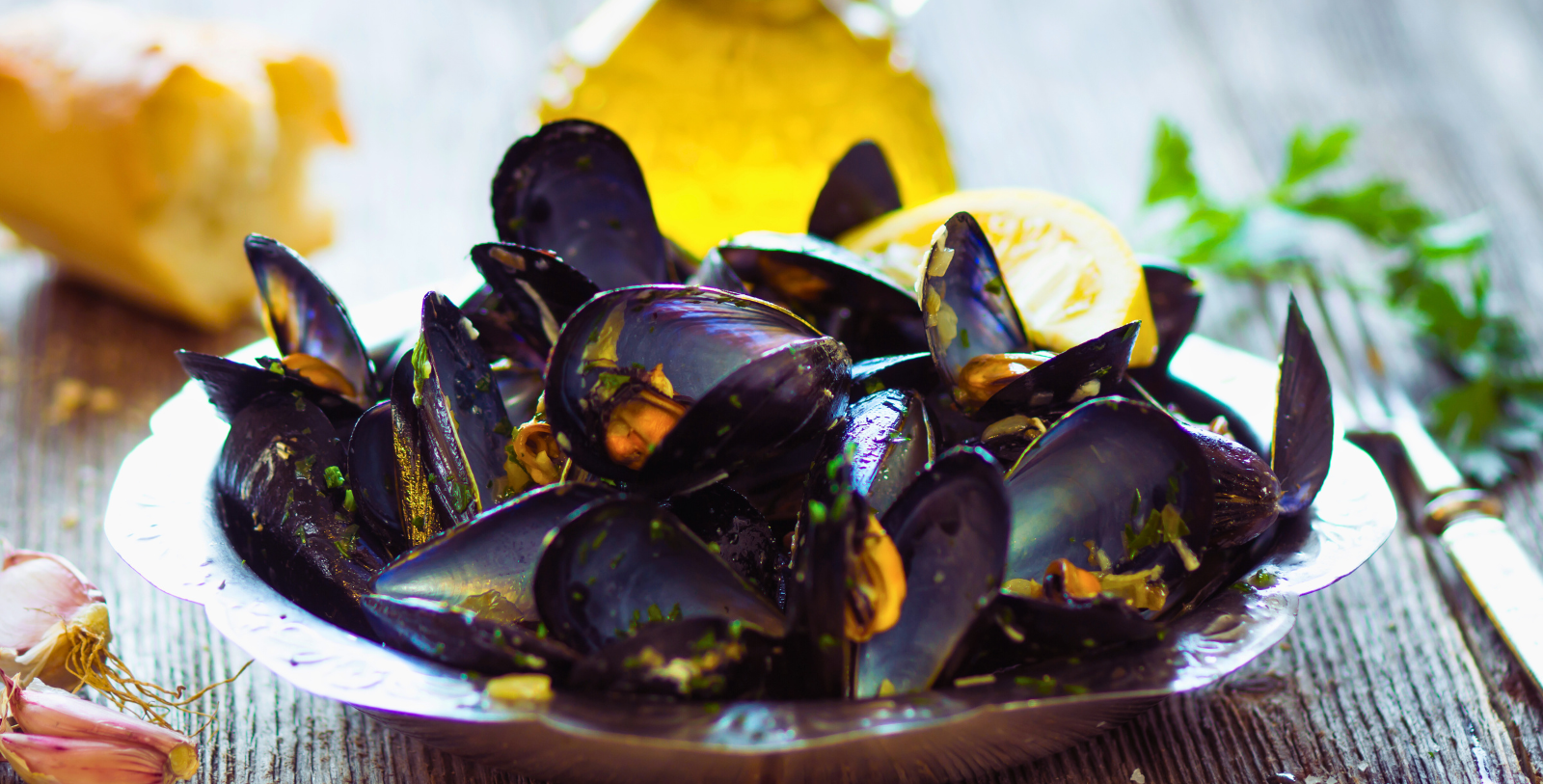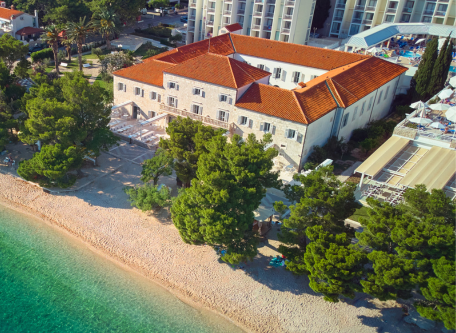Receive for Free - Discover & Explore eNewsletter monthly with advance notice of special offers, packages, and insider savings from 10% - 30% off Best Available Rates at selected hotels.
taste
-
Taste the flavors of Central Dalmatia at Kaštelet Restaurant & Bar. Just like Heritage Hotel Kaštelet carries on the Makarska Riviera’s rich heritage, so does its signature eatery. Here, the region’s cultural traditions and characteristic ingredients weave through each and every meal. Dishes like dagnje na buzaru, mussels alla buzara (shellfish “stewed” in wine, olive oil, garlic, and breadcrumbs), and locally sourced lamb chops are accented with herbs harvested from the mountainsides of Biokovo, making for a truly authentic dining experience.
-
Savor the bounty of the Adriatic Sea with a bite of black risotto or brudet, a Croatian fish stew. With over 5,800 kilometers (more than 3,600 miles) of coastline to its name, it is no surprise that seafood features heavily in Croatia’s culinary heritage, particularly that of the country’s Dalmatia region. In fact, although Makarska Riviera is largely known as a tourist destination, fishing is still an integral part of this Adriatic enclave’s economy. Naturally, one of the best—and undoubtedly, the tastiest—ways to experience a culture is through its food. That means sampling Dalmatian classics like crni rižot (black risotto), a briny rice dish flavored and colored with squid or cuttlefish ink, and brudet, a traditional fishermen’s stew originally cooked at sea out of the day’s catch and simple ingredients like olive oil, tomatoes, herbs, and spices. For the freshest seafood and an authentic slice of coastal Croatian life, try to take in a Ribarske Večeri, or Fisherman’s Night. Held regularly in towns throughout the Makarska Riviera, these lively harborside events offer a tantalizing spread of Adriatic delicacies, with food stands hawking barrels of mussels, grilled whole fish and squid, skewers of shrimp, home-brewed wine, and much more.
-
Bite into Dalmatian classics like soparnik and Dalmatinska pršut, the region’s signature prosciutto. Hailed as the precursor to Italian pizza by locals and declared a piece of intangible cultural heritage by the Croatian government, soparnik is a savory pie with a filling of chopped greens (typically Swiss chard), onions, and parsley sandwiched between two layers of crispy, golden pastry. Dalmatian prosciutto is another Croatian mainstay with Roman roots, tracing back to when legionaries would preserve pork meat through smoking and salting. The process remains much the same today, using only sea salt as an additive followed by a generous bath of wood smoke and a resting period of at least one year. Today, Dalmatian prosciutto and its production heritage are so treasured that the meat even receives EU protection with a geographical origin indicator.
-
Soak up Croatia’s ancient viticultural heritage with a glass of Dalmatian wine. Although places like Italy, France, South Africa, Australia, Germany, and California typically get top billing on restaurants’ wine lists, a tradition of winemaking also runs deep throughout Croatia, including coastal Dalmatia, where grapes were cultivated as early as 3,800 years ago, even before the arrival of the Greeks and Romans. In fact, studies undertaken in the early 2000s showed that the region is the cradle of the Zinfandel, with ancestral grapes locally known as Tribidrag (Greek for “early ripening”) found in the Dalmatian towns of Kaštela and Omiš. Despite the country’s wine-drenched history, however, Croatia still remains relatively undiscovered by wine lovers in other parts of the globe. So, before the rest of the world has caught on, be sure to toast Dalmatia’s unique terroir and Mediterranean climate with a glass of Plavac Mali, Babić, Plavina, Pošip, Maraština, or, of course, Tribidrag.



























